Introduction to Marketing Channels
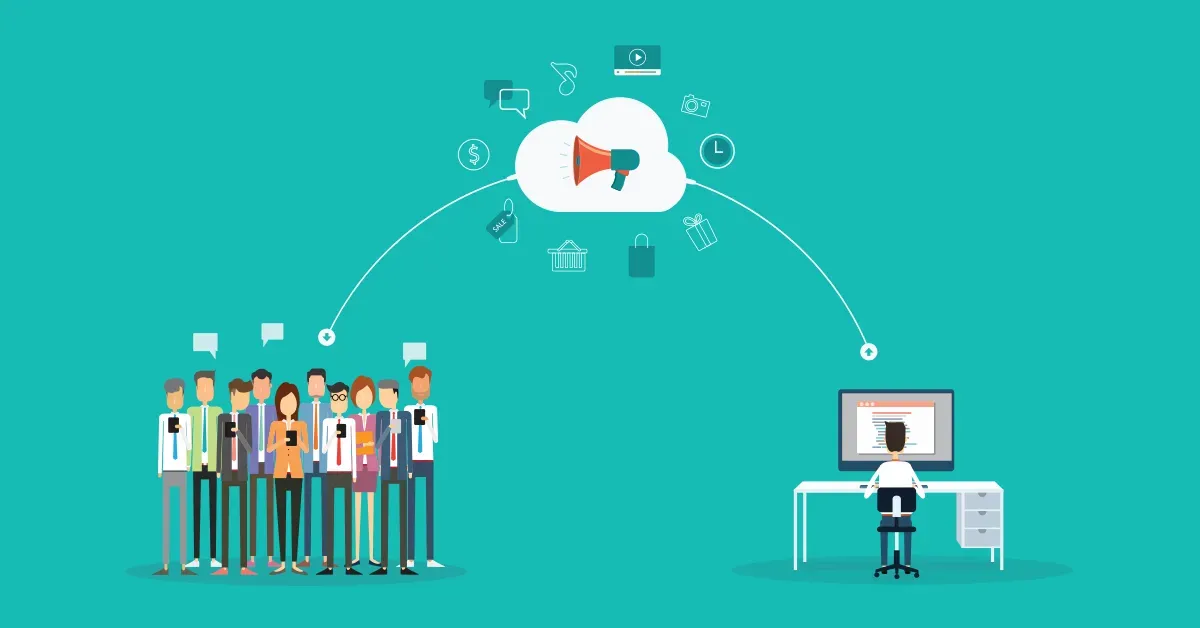
What Is a Marketing Channel?
A marketing channel is simply a way or route through which a company reaches its customers to sell its products or services.
Digital marketing channels such as email marketing, social media platforms, and search engine optimization allows businesses to reach potential customers through the digital devices they use daily.
Effective marketing channels are chosen based on the target audience, the product or service being offered, and the overall marketing strategy of the business. By selecting the right marketing channels, companies can maximize their reach, optimize their marketing budgets, and enhance their brand visibility among prospective customers.
For businesses looking to optimize their channel marketing strategy, it’s crucial to understand the different types of marketing channels available and how they can be integrated to drive marketing efforts and achieve competitive advantage.
What Is the Purpose of a Marketing Channel
The purpose of a marketing channel in the digital marketplace is to efficiently connect businesses with their target audiences, facilitate the distribution of goods or services, and enhance the customer experience through tailored communication and service offerings.
In the context of a digital marketplace, marketing channels serve several critical functions:
1. Reach and Engagement
- Digital marketing channels allow businesses to reach a broader audience across geographical boundaries more efficiently than traditional marketing methods.
- Platforms like social media, email, and search engines enable companies to engage with potential and current customers at various stages of the buying journey, from awareness to purchase and beyond.
2. Targeting and Personalization
- One of the key advantages of marketing channels is their ability to target specific demographics, interests, and behaviors.
- This precision targeting ensures that marketing efforts are more likely to reach the people most interested in the product or service, increasing the effectiveness and efficiency of campaigns. Additionally, digital channels allow for a high degree of personalization, which can enhance the customer experience and increase conversion rates.
3. Data Collection and Analytics
- Channels provide businesses with valuable data about their customers and the effectiveness of their marketing strategies.
- Through tools like Google Analytics, companies can track user behavior, campaign performance, and more, enabling them to make data-driven decisions to optimize their marketing efforts continually.
4. Cost-Effectiveness
- Compared to traditional marketing methods, digital marketing channels often offer a more cost-effective solution for businesses, especially small to medium-sized enterprises (SMEs) that may have limited marketing budgets.
- Digital channels such as content marketing and SEO require more time than money, making them accessible for companies looking to maximize their marketing spend.
5. Flexibility and Speed
- Digital marketing channels allow businesses to quickly adapt their strategies based on market conditions, consumer behavior changes, or feedback received through digital feedback loops.
- Campaigns can be launched, tested, tweaked, and re-launched in a much shorter time frame than traditional marketing efforts.
6. Customer Service and Support
- Digital channels also play a crucial role in customer service and support, providing platforms where consumers can seek help, ask questions, and provide feedback.
- Channels like social media have become critical touchpoints for customer interaction, with real-time communication enhancing customer satisfaction and loyalty.
Types of Marketing Channels

Businesses utilize various channels to communicate and distribute their products or services to end consumers. These channels, classified into digital and traditional, each serve unique purposes and target audiences based on contemporary market dynamics and established methods.
1. Digital Marketing Channels
Digital marketing channels leverage internet-based platforms to reach a broad and diverse audience efficiently and effectively. They are particularly favored for their ability to provide measurable, targeted, and cost-effective solutions that align with modern consumer behavior.
- Search Engine Optimization (SEO)
- Social Media Marketing
- Email Marketing
- Content Marketing
- Pay-Per-Click (PPC) Advertising
- Affiliate Marketing
- Influencer Marketing
2. Traditional Marketing Channels
While digital channels have surged in popularity, traditional marketing channels remain vital, particularly for reaching demographics less inclined towards digital media or where a physical presence is more impactful.
- Print Advertising
- Broadcasting
- Direct Mail
- Telemarketing
- Outdoor Advertising
- Trade Shows and Events
12 Most Effective Marketing Channels to Focus On
Choosing the most effective marketing channels is crucial for maximizing return on investment and achieving strategic business objectives.
Here are 12 highly effective marketing channels that businesses should consider focusing on, each offering unique benefits tailored to different goals and target audiences:
1. Search Engine Optimization (SEO)
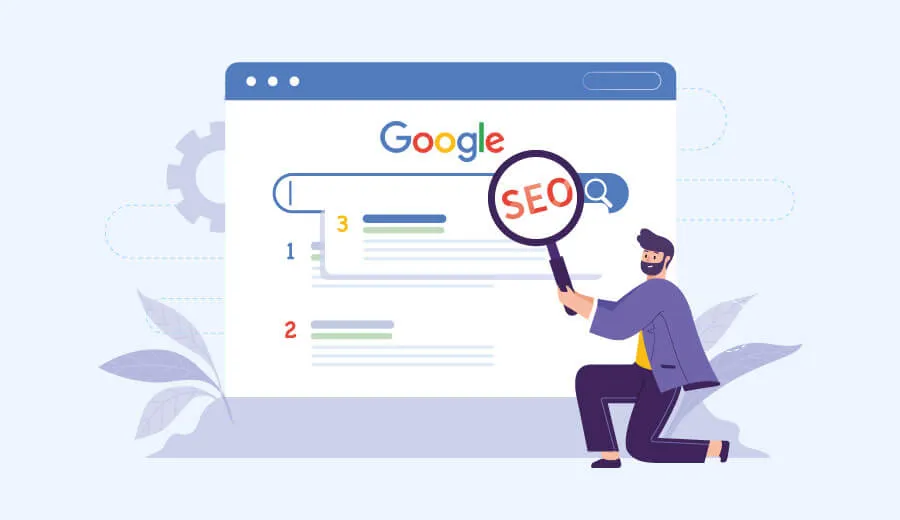
SEO involves enhancing your website to improve its ranking on search engine results pages (SERPs), thereby boosting organic traffic. This is a fundamental digital marketing tactic due to its effectiveness and efficiency in targeting quality traffic.
How SEO Works:
- Keyword Optimization: Integrating relevant keywords into your website content, including titles, meta descriptions, and body content.
- Backlink Building: Acquiring high-quality backlinks from reputable sites to enhance your site’s authority.
- Technical SEO: Improving site structure and user experience, including speed optimization and mobile-friendliness.
Why SEO is Effective:
- Cost-Effectiveness: SEO primarily costs time and effort rather than direct payments per click, offering sustainable long-term benefits.
- Higher Credibility: Sites ranking high on Google are often perceived as more credible and trustworthy by users.
- Statistics to Consider: According to BrightEdge Research, organic search drives 53% of website traffic, highlighting the pivotal role of SEO in online visibility.
2. Pay-Per-Click Advertising (PPC)
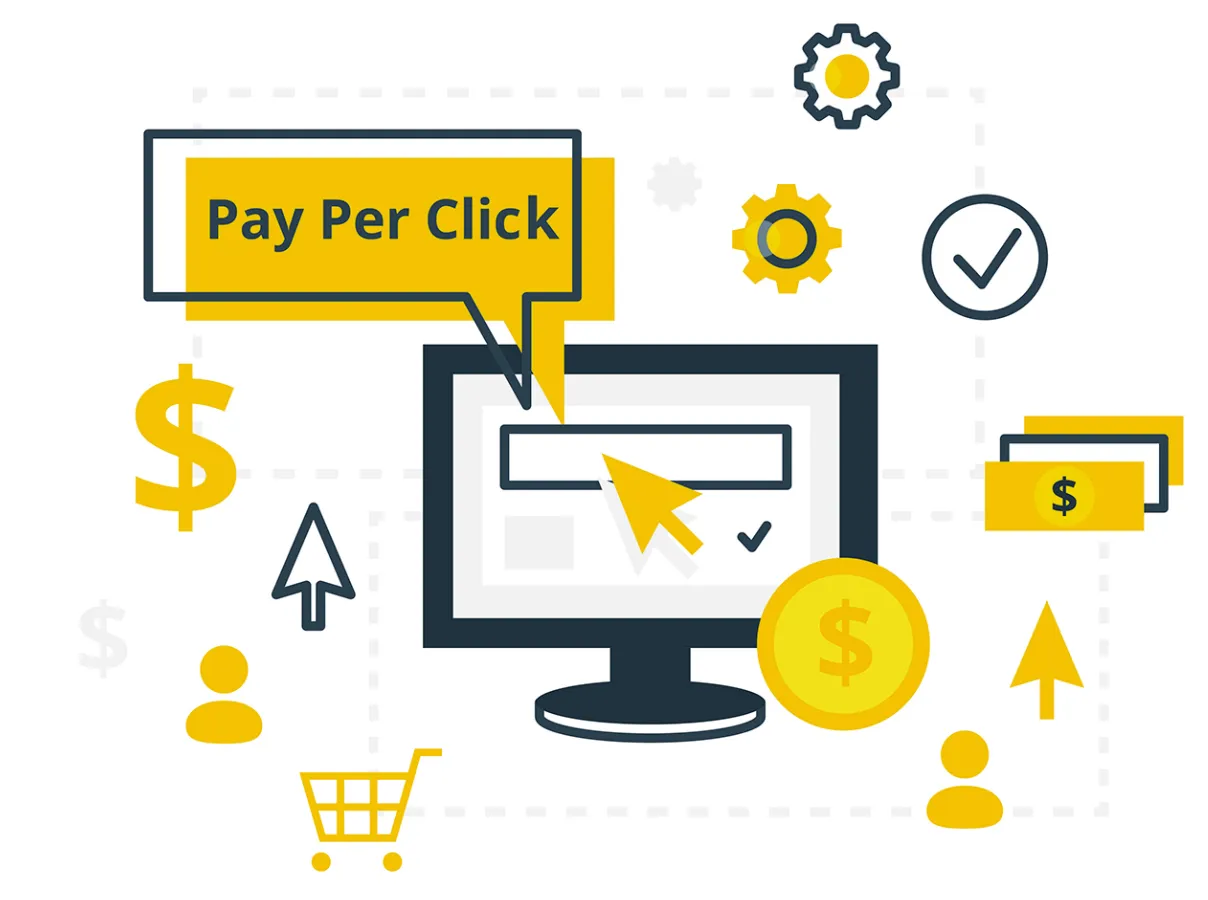
PPC, or pay-per-click, is a form of internet marketing where advertisers are charged a fee each time their ads are clicked. Essentially, it's a method of purchasing visits to your site instead of gaining those visits through organic methods.
How PPC Works:
- Targeted Ad Placement: Ads are displayed to users based on specific keywords, demographics, and psychographics.
- Budget Control: Advertisers can set exact budgets per day and measure the performance of each ad in real-time.
- Campaign Adjustments: Based on performance data, campaigns can be adjusted quickly to optimize spending and targeting.
Why PPC is Effective:
- Immediate Results: Unlike SEO, which can take months to see results, PPC offers immediate traffic and has the potential for a quick ROI.
- Precise Targeting: With advanced targeting options available on platforms like Google AdWords and Bing Ads, PPC allows for reaching highly specific audiences.
- Statistics to Consider: Google Ads reports that businesses typically make an average of $2 in income for every $1 they spend in AdWords, demonstrating the potential profitability of PPC campaigns.
3. Social Media Marketing

Social Media Marketing leverages different social platforms to engage with the audience, enhance brand recognition, boost sales, and increase traffic to websites. It encompasses posting quality content on your social media profiles, interacting with and responding to followers, evaluating your outcomes, and conducting social media advertising campaigns..
How Social Media Marketing Works:
- Content Creation: Share relevant and engaging content that adds value to your audience's daily lives.
- Community Engagement: Respond to comments, participate in conversations, and encourage user-generated content to build community.
- Paid Advertising: Utilize platform-specific advertising tools to target and retarget potential customers.
Why Social Media Marketing is Effective:
- Brand Building: Regular interaction on social media helps to build your brand and establish a loyal following.
- Direct Customer Communication: Social media offers a direct line to your customer base, allowing for immediate feedback and customer service opportunities.
- Statistics to Consider: Over 3.6 billion people were using social media worldwide in 2020, projected to increase to almost 4.41 billion by 2025, according to Statista. This massive audience offers a fertile ground for marketing campaigns.
4. Email Marketing
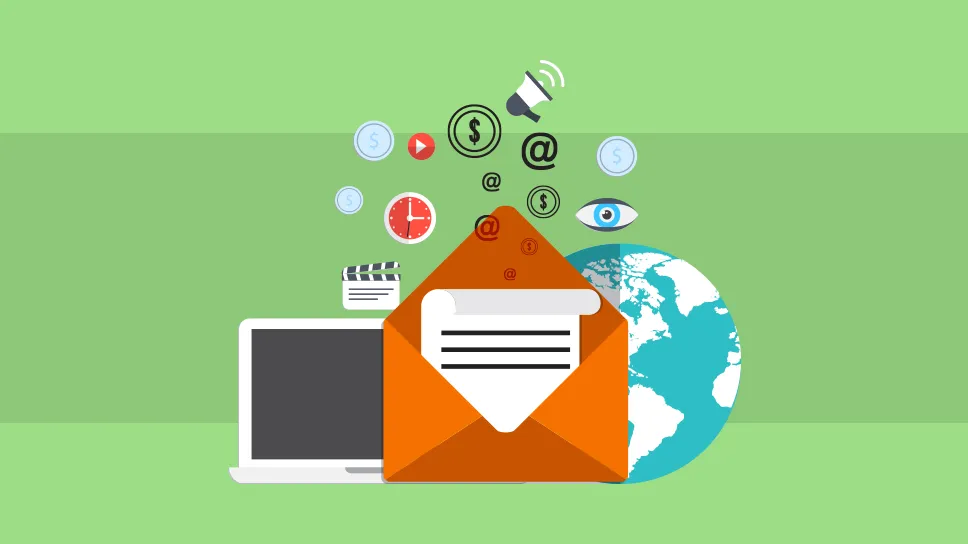
Email Marketing involves sending emails to prospects and customers. Effective marketing emails transform prospects into customers and turn occasional buyers into dedicated, enthusiastic supporters. This channel is recognized for its direct approach and significant degree of personalization.
How Email Marketing Works:
- List Building: Collect email addresses through website sign-ups, purchases, and other marketing efforts.
- Segmentation: Categorize your email list based on demographics, customer behavior, and more to tailor messages to specific needs.
- Campaign Execution: Send out newsletters, promotional offers, and informational content to engage and motivate readers.
Why Email Marketing is Effective:
- High ROI: For every $1 spent, email marketing generates $42 in return, according to the DMA.
- Customer Retention: Regular, personalized email communications keep your brand top-of-mind for consumers, helping to drive repeat sales and loyalty.
- Metrics and Analytics: Email marketing provides actionable insights through metrics such as open rates, click-through rates, and conversion rates, which help in refining strategies and improving outcomes.
5. Content Marketing
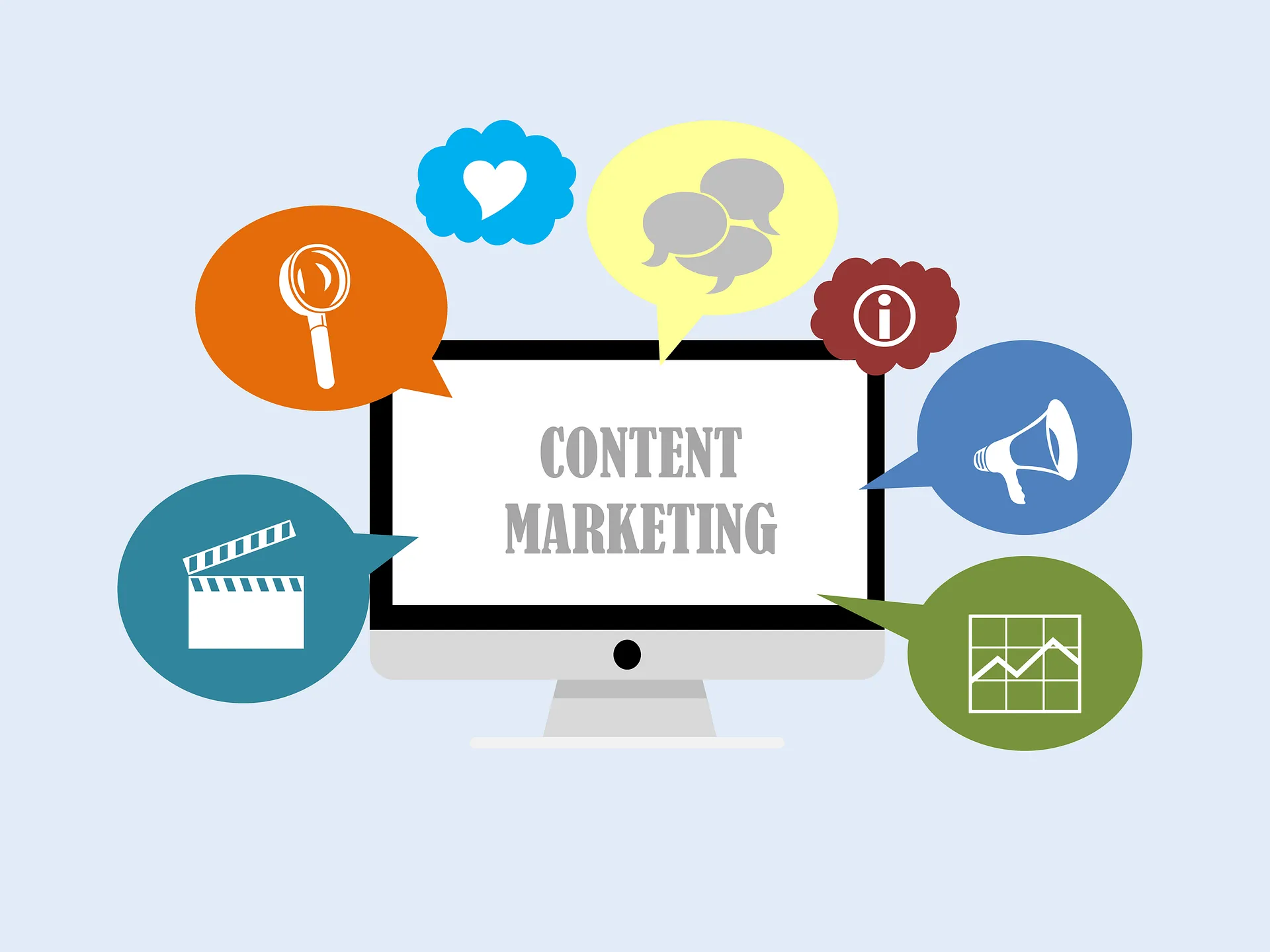
Content Marketing focuses on creating and distributing valuable, relevant, and consistent content to attract and retain a clearly defined audience — and, ultimately, to drive profitable customer action. It's a strategic approach centered on creating and sharing information that adds value to readers' lives.
How Content Marketing Works:
- Content Creation: Develop articles, blog posts, videos, infographics, podcasts, and other media aimed at informing, educating, or entertaining the audience. Using tools like a keywords analyzer can help you identify the right search terms to include in your content strategy.
- Content Distribution: Use various platforms like blogs, YouTube, social media, and email to share and promote content.
- SEO Integration: Optimize content with targeted keywords to boost visibility and reach through search engines.
Why Content Marketing is Effective:
- Brand Authority: Consistently delivering valuable content helps establish your brand as a leader in your field.
- Engagement and Retention: Quality content engages readers and keeps them coming back, which can lead to increased brand loyalty.
- Statistics to Consider: Content marketing costs 62% less than traditional marketing and generates about 3 times as many leads per dollar spent (Content Marketing Institute). Additionally, marketers who prioritize blogging efforts are 13 times more likely to see positive ROI (HubSpot).
6. Affiliate Marketing
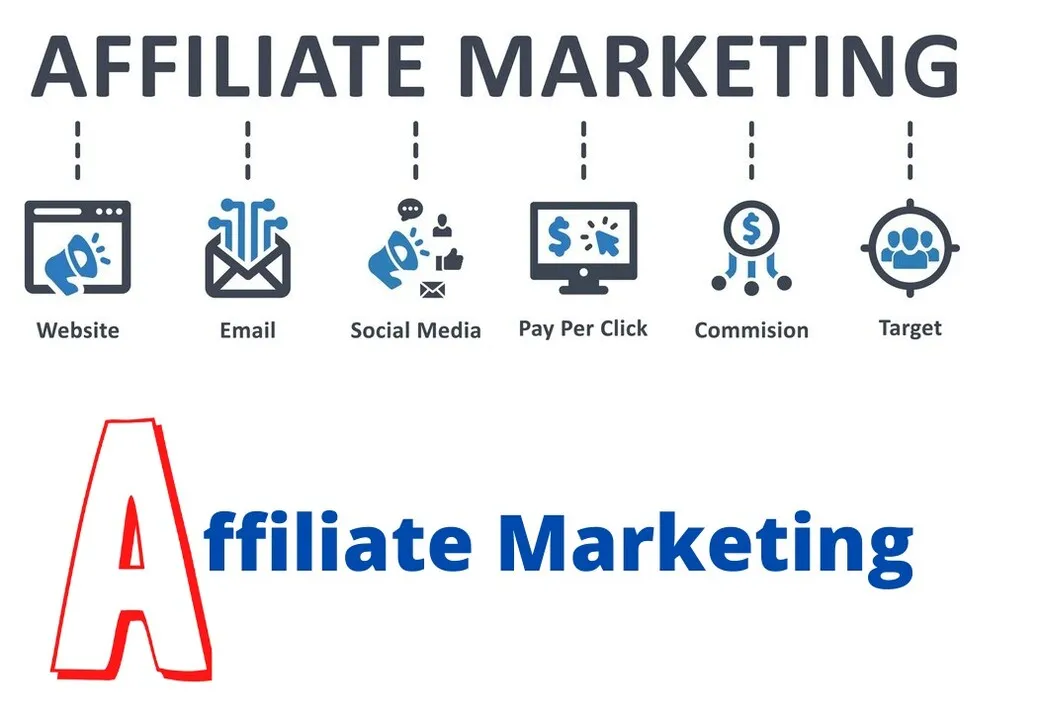
Affiliate Marketing is a performance-based marketing strategy where a business rewards one or more affiliates for each visitor or customer brought by the affiliate's own marketing efforts. It’s particularly beneficial for e-commerce businesses looking to expand their reach.
How Affiliate Marketing Works:
- Affiliate Recruitment: Partner with influencers, bloggers, and other content creators who align with your brand’s values and have an engaged audience.
- Commission Structure: Set up a commission system to reward affiliates based on the sales or leads they generate.
- Tracking and Management: Use affiliate tracking software to monitor performance, manage payments, and optimize the effectiveness of affiliates.
Why Affiliate Marketing is Effective:
- Cost Efficiency: Since you only pay for performance (e.g., a sale), it’s a low-risk investment.
- Extended Reach: Affiliates can introduce your brand to a broader audience, expanding your reach beyond traditional channels.
- Statistics to Consider: The affiliate marketing industry is valued at $12 billion globally, with 81% of brands using affiliate marketing programs (Mediakix).
7. Influencer Marketing

Influencer marketing harnesses the power of individuals with a significant online following to promote brands, products, or services. It's a dynamic tool for extending brand reach and enhancing credibility through trusted voices.
How Influencer Marketing Works:
- Partner Selection: Brands collaborate with influencers whose followers align with their target audience.
- Content Collaboration: Influencers create authentic content that integrates the brand's messaging in a way that resonates with their followers.
- Campaign Execution: Strategic campaigns are launched around product releases, special events, or other marketing initiatives.
Why Influencer Marketing is Effective:
- Increased Engagement: Influencers typically engage deeply with their audiences, providing brands with higher engagement rates compared to traditional advertising.
- Trust and Credibility: Followers often trust influencers' recommendations, making this channel highly effective for influencing buying decisions.
- Statistics to Consider: Reports suggest that for every $1 spent on influencer marketing, businesses can see an average return of $5.20, making it a highly cost-effective marketing strategy.
8. Video Marketing

Video marketing involves using video to promote and market your product or service, increase engagement on your digital and social channels, educate your consumers and customers, and reach your audience with a new medium.
How Video Marketing Works:
- Content Development: Create compelling visual content that tells a story or provides valuable information to the viewer.
- Distribution: Use various platforms such as YouTube, social media, or your website to distribute videos.
- Integration: Videos are integrated into emails, landing pages, and other marketing channels to enhance the comprehensive marketing strategy.
Why Video Marketing is Effective:
- High Retention Rates: Videos keep users on your page longer and increase the likelihood of conversion.
- Versatility: Whether it’s an explainer video, customer testimonial, or live stream event, video can serve multiple purposes across various platforms.
- Statistics to Consider: Marketers who use video grow revenue 49% faster than non-video users. Also, video content is 50 times more likely to drive organic search results compared to text, making it a powerful SEO tool.
9. Public Relations (PR)
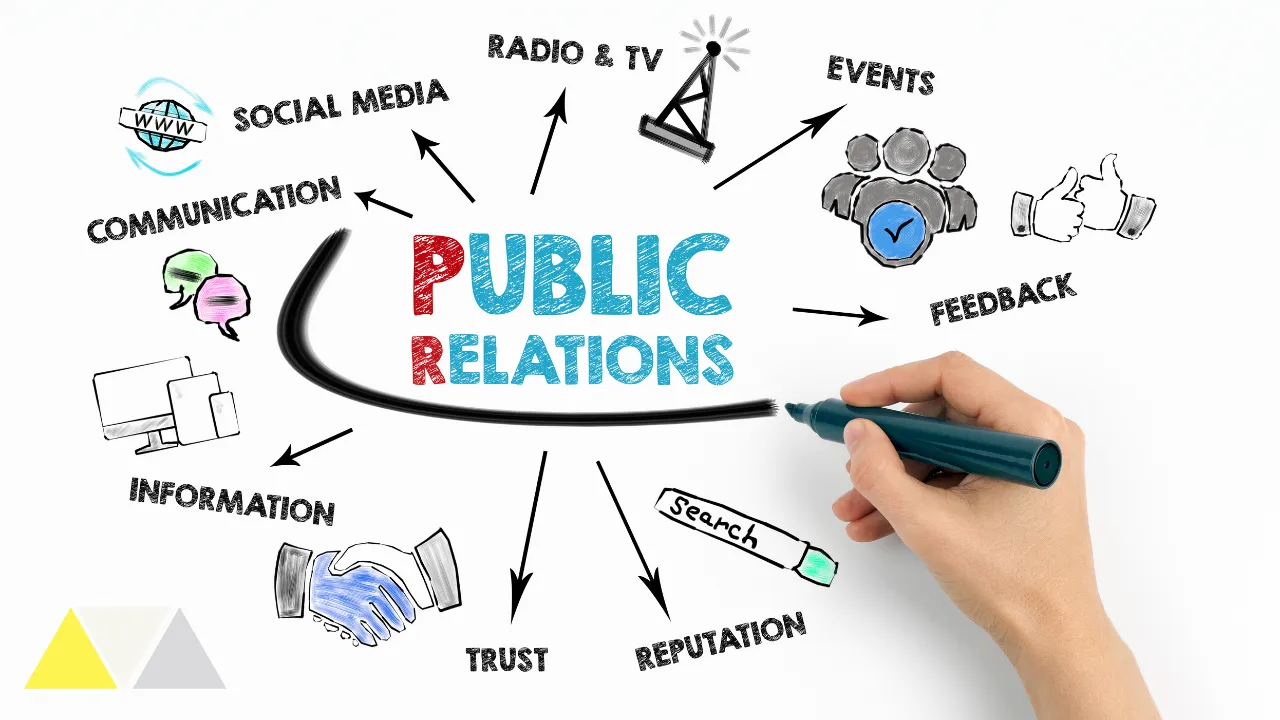
Public Relations involves managing and disseminating information from an organization to the public to influence their perception and maintain a positive reputation. PR is a strategic communication process that builds mutually beneficial relationships between organizations and their publics.
How Public Relations Works:
- Media Relations: Develop and maintain relationships with media professionals to secure and grow media coverage across traditional and new media.
- Press Releases: Share important company news and information with the public to maintain a favorable image and inform stakeholders of significant events.
- Crisis Management: Manage unexpected events that could harm the organization's or product's reputation.
Why Public Relations is Effective:
- Brand Image: It enhances the brand's credibility and trustworthiness, unlike traditional advertising, which many consumers view skeptically.
- Cost-Effectiveness: PR can often achieve significant results at a lower cost than advertising since earned media does not require paid placements.
- Long-term Benefits: Effective PR leads to a stronger brand image over time, improving overall market positioning.
10. Direct Mail

Direct Mail involves sending physical marketing materials directly to potential customers at their homes or businesses. This channel allows for tangible and personalized communication.
How Direct Mail Works:
- Targeted Mailing Lists: Use curated lists based on demographics, buying behavior, or previous interactions to send highly targeted campaigns.
- Personalization: Customize materials to address the recipient by name and tailor content to their interests or purchase history.
- Integration: Combine direct mail with digital marketing campaigns to create a cohesive marketing strategy that bridges online and offline channels.
Why Direct Mail is Effective:
- High Engagement: Tangible materials can create a more memorable brand experience.
- Less Competition: With the influx of digital ads, fewer companies invest in direct mail, which means less competition and more standout for your mail pieces in the recipient's mailbox.
- Measurable Results: Use trackable codes or coupons to measure the response rates and effectiveness of direct mail campaign
11. Display Advertising

Display advertising consists of using visual media to promote products or services on websites, social media platforms, or other digital environments. This method is highly visual and can capture the attention of a large audience quickly.
How Display Advertising Works:
- Placement: Advertisers choose strategic locations on digital platforms where their ads will be most visible to their target audience.
- Design: Use engaging graphics, videos, or animations to grab attention and convey the message succinctly.
- Targeting: Utilize data analytics to target ads to specific demographics, interests, or browsing behaviors.
Why Display Advertising is Effective:
- Reach: Digital ads can reach millions of users worldwide, making it a powerful tool for global marketing strategies.
- Flexibility: Ads can be easily updated and adjusted based on performance analytics or changing market trends.
- Engagement: Interactive ads can increase user engagement, with studies showing that rich media ads boost click-through rates by 267% compared to standard banner ads.
12. Webinars and Online Events

Webinars and online events facilitate real-time interaction between brands and their audience, often used for education, product demos, or industry discussions. These platforms allow companies to engage deeply with their audience regardless of geographical barriers.
How Webinars and Online Events Work:
- Preparation: Organize content and presentations that are relevant and engaging for the target audience.
- Technology: Utilize robust webinar platforms that support interactive features like Q&A sessions, polls, and chat options.
- Promotion: Market the event through email, social media, and website announcements to maximize attendance.
Why Webinars and Online Events are Effective:
- Expertise Sharing: They provide a platform for brands to showcase their expertise and industry knowledge, which can build trust and authority.
- Lead Generation: Webinars are effective for lead generation, with a standard conversion rate of 20-40% for attendees turning into qualified leads.
- Cost-Effective: Compared to in-person events, online events are less costly, removing the need for physical venue, travel, and accommodation expenses.
How to Choose Your Marketing Channels

To choose your marketing channels effectively, follow these step-by-step instructions:
- Define Your Objectives: Identify what you want to achieve with your marketing efforts. This could include increasing brand awareness, generating leads, driving sales, or improving customer engagement.
- Understand Your Audience: Determine who your target customers are, including their demographics, interests, and behaviors. Understanding where your audience spends their time is crucial in selecting the right channels.
- Evaluate Channel Fit: Analyze each potential channel to see how well it aligns with your business goals and audience. Consider factors such as the channel's reach, the type of engagement it supports, and its previous success with similar products or services.
- Consider Your Content: Assess the type of content you will produce and which channels are best suited for it. For instance, visual products might perform well on Instagram, whereas B2B services might benefit from LinkedIn.
- Budget and Resources: Look at your budget and resources available for executing campaigns across various channels. Some channels may require more investment in terms of money and manpower than others.
- Test and Measure: Start with a small test campaign in selected channels to measure effectiveness. Use key performance indicators (KPIs) relevant to your goals to evaluate success.
- Adjust Based on Performance: Review the performance of your marketing efforts and adjust your strategy and budget allocation accordingly. Focus more on channels that bring the best return on investment and consider scaling back or optimizing underperforming channels.
Key Considerations to Run an Effective Marketing Strategy on Channels
How to Use Marketing Channels to Map Customer Touchpoints
Using marketing channels to map customer touchpoints effectively involves a strategic approach that aligns each channel with various stages of the customer journey.
This ensures you engage with your customers at the right time, with the right message, enhancing their experience and increasing your chances of conversion.
Identify Key Customer Touchpoints:
- Awareness Stage: Utilize channels such as social media, PPC ads, and SEO to reach potential customers. For example, 63% of shopping occasions begin online, making digital presence crucial.
- Consideration Stage: Email newsletters and targeted content marketing can provide deeper insights into your products or services. Blogs and webinars, for instance, are effective for educating and engaging potential buyers.
- Decision Stage: Personalized email campaigns and retargeting ads can nurture leads into customers. Data shows that personalized emails deliver six times higher transaction rates.
Analyze the Effectiveness of Each Channel:
- Use analytics tools to track how each channel performs in terms of reach, engagement, and conversion rates. For example, Google Analytics can show you which channels drive traffic to your website and lead to sales.
- Measure customer satisfaction through surveys and feedback forms at different touchpoints. This helps understand the 'why' behind customer behaviors and preferences.
Optimize Channel Strategy Based on Data:
- Continuously refine your strategy by analyzing data from each channel. If a particular channel has a high engagement rate but low conversion, investigate further to adjust your approach.
- A/B testing different messages and approaches can reveal what resonates best with your audience. For instance, testing two different email campaigns can show which one leads to more opens and conversions.
Integrate Multi-Channel Approaches:
- Ensure that all channels are interconnected, providing a seamless customer experience. For example, someone might see an ad on Facebook, click on it, and be directed to a landing page that offers a signup for a webinar.
- Omnichannel strategies are proven effective, with companies using three or more channels in their marketing campaigns earning a 287% higher purchase rate than those using a single-channel approach.
Concluding Thoughts
In conclusion, understanding the dynamics of various marketing channels is crucial for businesses aiming to enhance their reach and influence customer decisions effectively. From digital platforms to traditional methods, each channel offers unique benefits that can significantly contribute to a brand's growth. As we've explored, incorporating paid marketing channels such as PPC and social media advertising can deliver immediate results and precise targeting, essential for any competitive strategy.
It's vital for businesses to not only select appropriate channels but also integrate them seamlessly to create a holistic approach that resonates with their target audience and drives conversions. By doing so, companies can harness the full potential of their marketing efforts to achieve substantial business growth.
Further Reading
Explore a broader range of marketing strategies and insights with these additional resources:
- How to Market with Email: Dive into the effective strategies of email marketing to understand how to craft compelling campaigns that captivate and convert your audience.
- What is Performance Marketing?: Gain insights into the world of performance marketing to see how it aligns with your business goals through measurable and accountable advertising strategies.
- What is Integrated Marketing?: Explore the concept of integrated marketing and discover how harmonizing your communication strategies across multiple channels can amplify your marketing impact.
- The Difference Between Sales and Marketing & Why It is Important: Understand the crucial differences between sales and marketing, and why recognizing these distinctions can lead to more effective business strategies.
- AI Marketing: Delve into the innovative world of AI marketing to see how artificial intelligence is transforming the landscape of digital marketing strategies.
These resources are curated to provide you with comprehensive knowledge and practical tools to advance your marketing strategies and drive significant business growth.

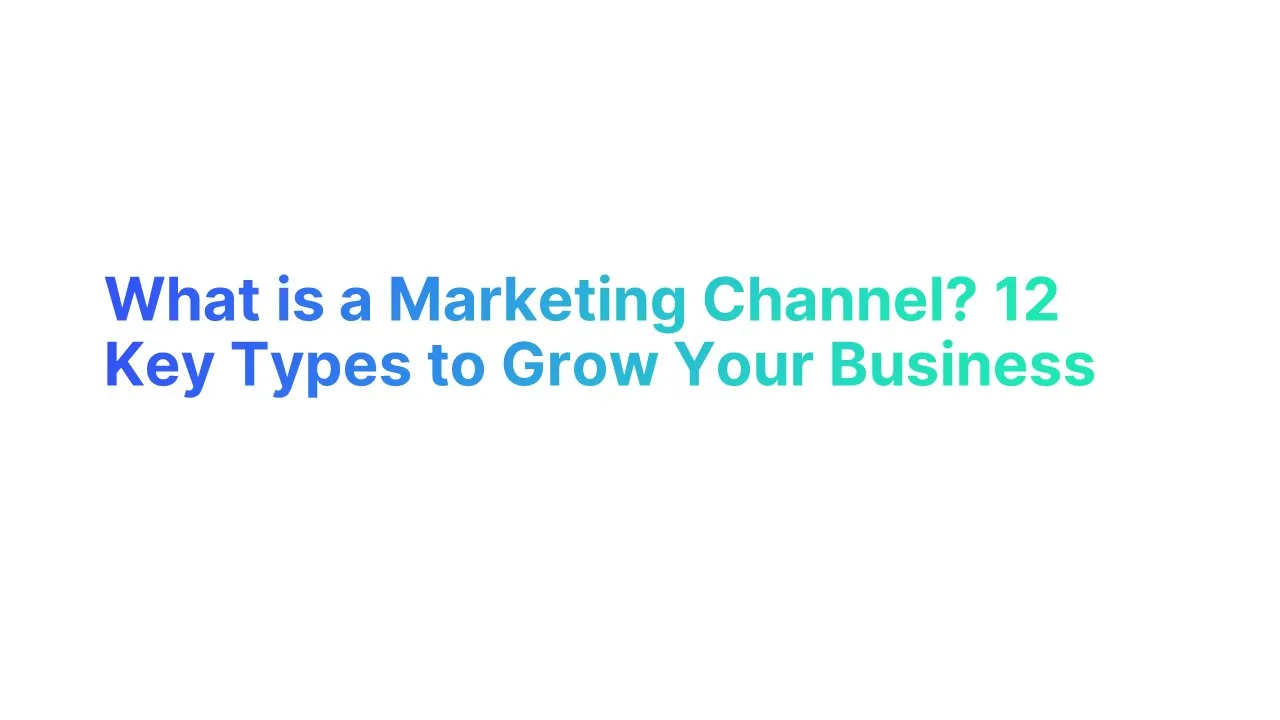



.jpg)

.jpg)
